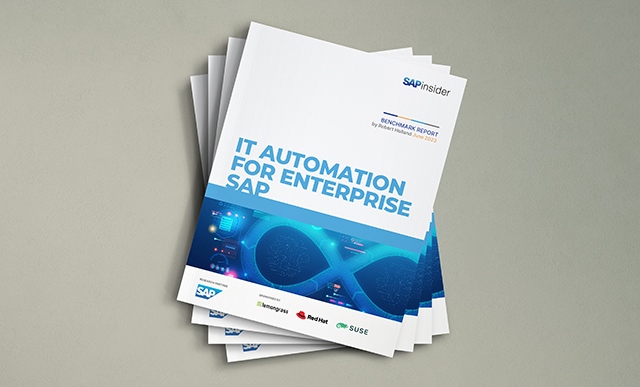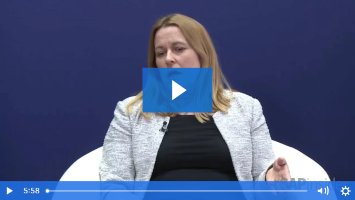Timely and accurate information are two of the core requirements of a successful BI implementation. Without relevant and well-timed information, incorrect and potentially catastrophic decisions could be made at an organization. This type of risk can be minimized or even completely eliminated when printed reports are replaced by dynamic dashboards. In addition, by doing so, you’ll be going green and reducing your company’s carbon footprint.
Key Concept
Every major chart component in SAP BusinessObjects Dashboards provides a drill-down property extending the functionality of a standard chart. For instance, the values related to a data point or bar in a column chart clicked by a user are easily captured when drill down has been enabled. These values can be used to access additional information at a lower level. You can display specifically related information existing within the dashboard or added to an OpenDocument URL that produces a dynamic link to another dashboard, Web Intelligence document, or Crystal Report for even more detailed and related information.
As green business practices are more commonly pursued by organizations around the world, employees at every level often look for ways to protect the environment and reduce their company’s carbon footprint. For office workers, the first thing that generally comes to mind is printing less paper. However, for many analysts, managers, directors, and executives, printing can seem like a necessary evil when juggling the requirement of making important business decisions with green initiatives.
Fortunately, this doesn’t have to be an issue anymore thanks in part to the unique capabilities offered in SAP BusinessObjects Dashboards (formerly known as Xcelsius).
Replacing Printed Report Decks with Dashboards
For many organizations, standard practices call for the daily and weekly distribution of printed decks to key personnel. With SAP Dashboards, users can design interactive presentations to take the place of these decks and decrease print production by hundreds and even thousands of report pages per user. This translates into massive cost savings for ink and paper, allowing for a significantly diminished carbon footprint over the course of a year.
Because of its drilling and filtering capabilities, SAP Dashboards can accurately display the permutations of thousands of rows of data in an intuitive interface that allows for extensive visual analysis. These features remove the need for traditionally printed reporting distributions while giving users access to potentially more information than they would see on a printed page. With information accessible in portable, interactive, and dynamic models, users can perform analysis in considerably less time than by flipping through printed pages. As trends are discovered, additional information on a subject can be delivered through detailed reports connected by hyperlinks — a huge advantage over printed reports.
Distributed Personalized Reports vs. Self-Service BI with Dashboards
Many companies have become quite proficient at distributing groups of reports that contain only the appropriate content for a specified group of recipients. This functionality filters the data before it’s distributed with a technique called Report Bursting that bundles reports into Publications before they’re sent. Probably the two best tools on the market for scheduled report distribution are Crystal Reports coupled with SAP BusinessObjects Enterprise and SAP Crystal Reports Server.
The scheduled delivery of reports is convenient but it also has its drawbacks. One of the disadvantages of scheduled report distribution is the transmission of static content in a dynamically changing environment. The information provided by these reports can be valuable as they highlight measurements that exist at a specific time. However, the significance is often temporary and the static content needs to be continually updated and new reports distributed in an ongoing series of report publications.
Additionally, as users’ inboxes have become increasingly inundated with daily emails, these types of attachments can sometimes be as annoying as they are helpful to certain users because every single instance of a scheduled report is not always a priority. An alternative to distributing personalized reports is self-service analysis with SAP Dashboards.
Self-service dashboards provide a green alternative to scheduled reports that are often printed out and filed or tossed out. You can publish dashboards to the SAP BusinessObjects InfoView portal or a Microsoft SharePoint portal, or delivered as free-standing portable presentations distributed as SWF, PDF, or Microsoft PowerPoint documents. This approach puts users in control of when and how data is accessed rather than making them passive recipients of scheduled reports distributed to email accounts or directly to printers.
Dynamic Content vs. Static Reports
With working data connections, you can develop dashboards to dynamically update the data being displayed. This allows a single dashboard to live for an extended period with little to no maintenance. Where new instances of static reports need to be created for every different refresh interval, a single SAP Dashboard can continue to exist without manual updates.
As the need arises, you can print in SAP Dashboards by including the print component on a dashboard interface. This feature allows users to print the visual permutation of the data to produce a physical record of findings. Even though this capability is available, static reports are commonly printed at a much higher rate than screenprints of dashboards.
Delivering a Unique Collection of Data in Dashboards
Because SAP Dashboards has Microsoft Excel at its core, you can create interactive models that contain a unique collection of data for solving specific business problems. With the combination of a customized interface, dynamic data from several different sources, and the unique filtering capabilities in SAP Dashboards, you can quickly analyze important and relevant results without having to flip through hundreds of printed pages from different groups of reports.






